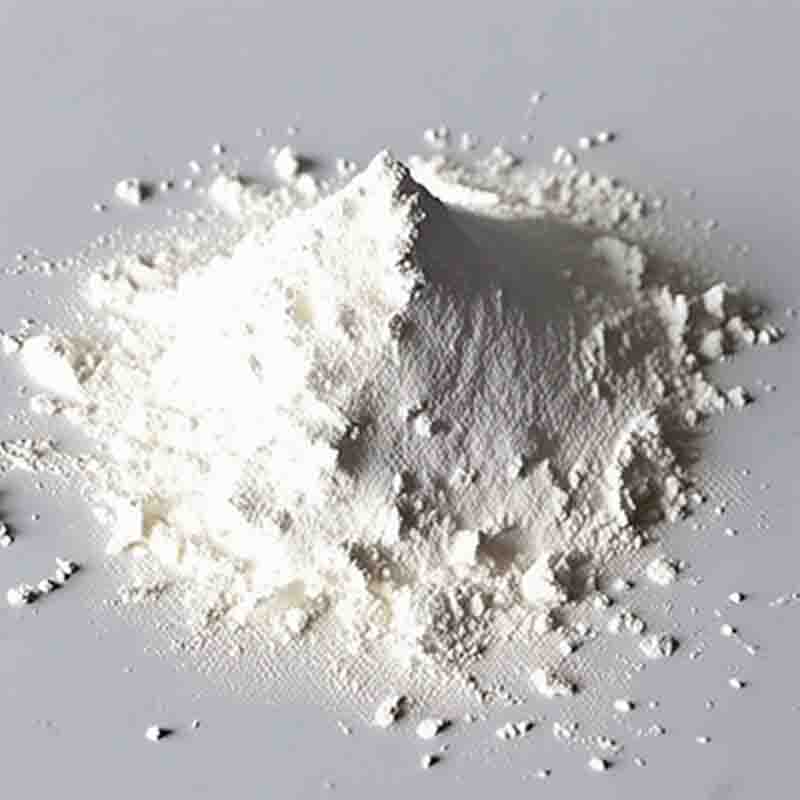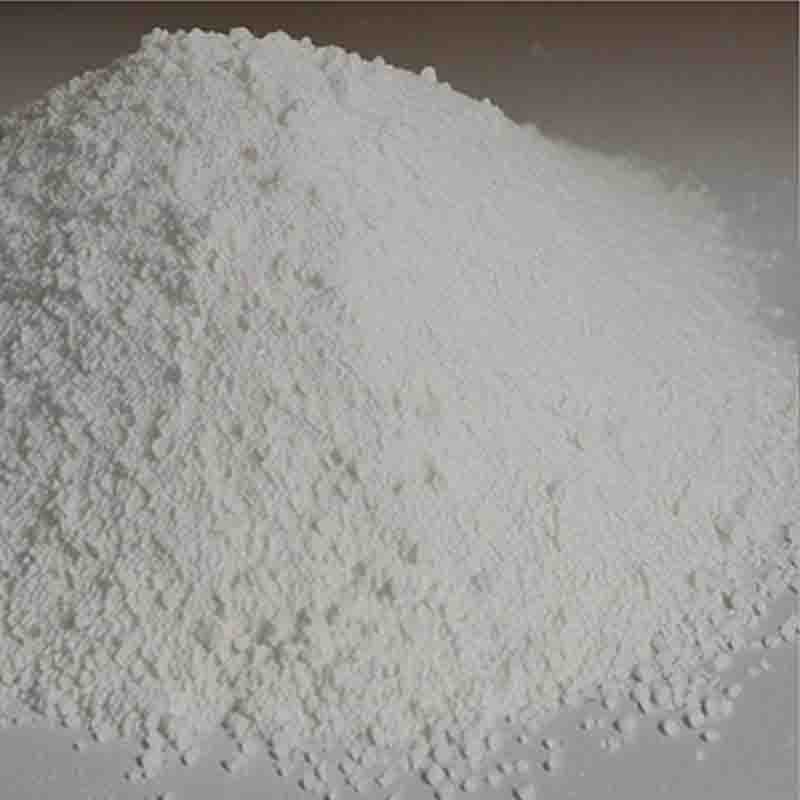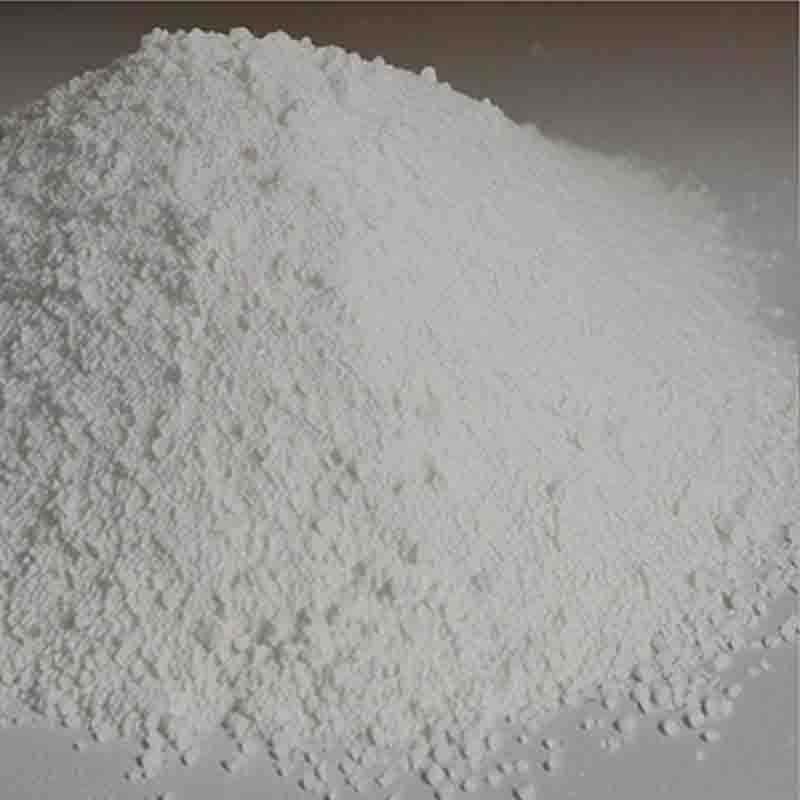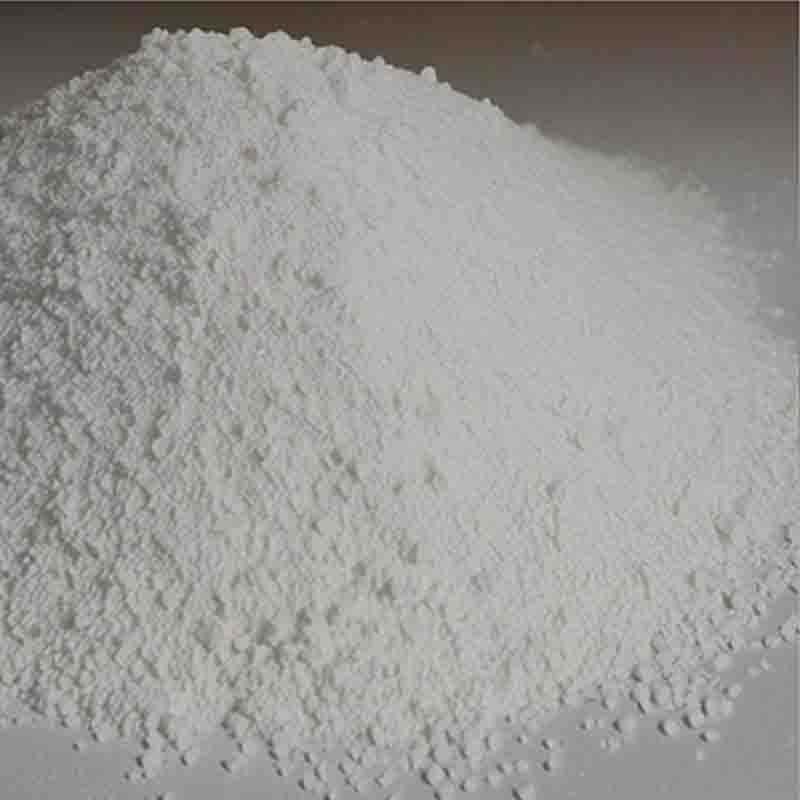3-(2-chloropyriMidin-4-yl)-1-Methylindole CAS: 1032452-86-0
| Catalog Number | XD93788 |
| Product Name | 3-(2-chloropyriMidin-4-yl)-1-Methylindole |
| CAS | 1032452-86-0 |
| Molecular Formula | C13H10ClN3 |
| Molecular Weight | 243.69 |
| Storage Details | Ambient |
Product Specification
| Appearance | White powder |
| Assay | 99% min |
3-(2-chloropyridin-4-yl)-1-methylindole is a chemical compound with a unique structure that lends itself to various applications in the field of chemistry and pharmaceutical research. It is a derivative of indole, a versatile aromatic compound that is present in numerous natural products and synthetic molecules.One of the primary uses of 3-(2-chloropyridin-4-yl)-1-methylindole is as a building block or intermediate in the synthesis of novel drugs. Its combination of a chloropyridine group and a methylindole moiety makes it ideal for modification and optimization in medicinal chemistry. This compound can be utilized in the development of pharmaceuticals targeting a wide range of diseases, including cancer, neurological disorders, and inflammation.The unique structure of 3-(2-chloropyridin-4-yl)-1-methylindole allows it to interact with specific biological targets, such as enzymes, receptors, and ion channels. Through appropriate modifications, it is possible to design molecules that can selectively bind to these targets and modulate their activity, leading to therapeutic effects. This compound's versatility makes it valuable in the process of hit-to-lead optimization, where it can be tailored to enhance its potency, selectivity, and pharmacokinetic properties.Furthermore, 3-(2-chloropyridin-4-yl)-1-methylindole can also find applications in agrochemical research. With appropriate modifications, it can be utilized in the development of crop protection agents, including herbicides, fungicides, and insecticides. This compound's ability to interact with specific biological targets can be harnessed to design molecules that effectively control pests and weeds, thereby improving agricultural productivity and sustainability.In addition to its role in drug and agrochemical development, 3-(2-chloropyridin-4-yl)-1-methylindole can serve as a valuable tool in chemical and biochemical research. Its unique structural features make it an excellent starting point for the synthesis of diverse chemical libraries, enabling the discovery of new bioactive molecules. Moreover, it can also be used as a reference compound in analytical techniques, such as chromatography and spectroscopy, to identify and characterize similar compounds in complex mixtures.Overall, 3-(2-chloropyridin-4-yl)-1-methylindole is a versatile compound with applications in drug discovery, agrochemical research, and chemical analysis. Its unique structure and ability to interact with biological targets make it a valuable tool for scientists working towards the development of new therapeutic agents and agricultural solutions. Continued research and exploration of this compound's properties may unlock further potential in diverse fields of science and industry.






![1,3-bis[3-(dimethylamino)propyl]urea CAS: 52338-87-1](https://cdn.globalso.com/xdbiochems/白色粉末21036.jpg)


